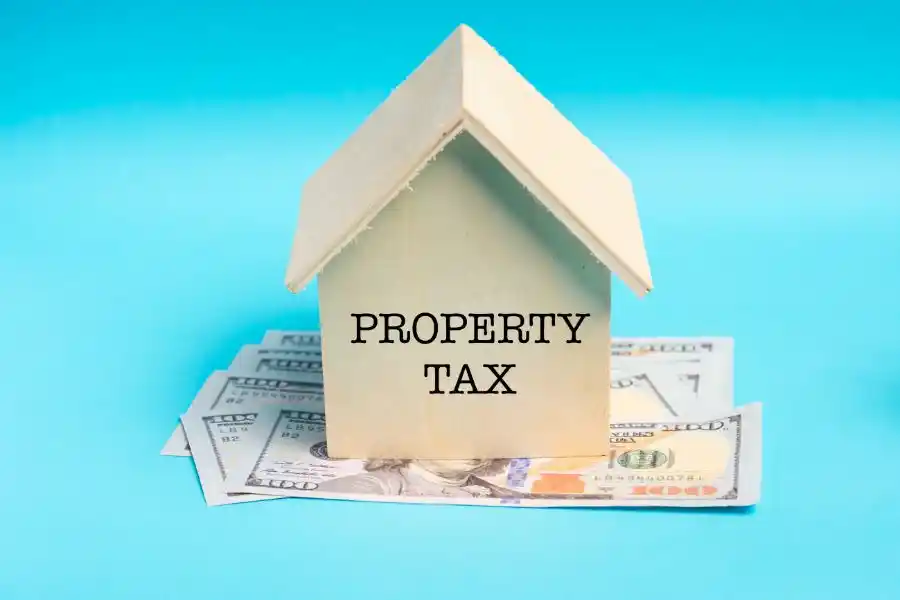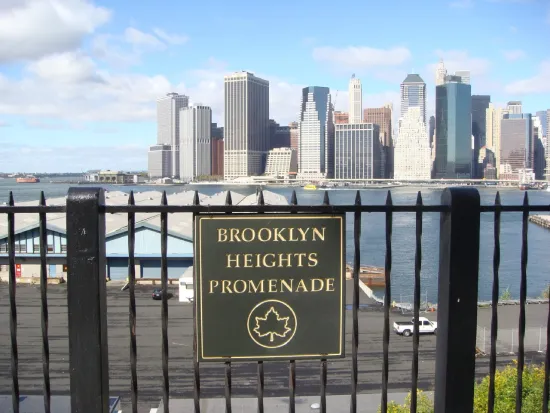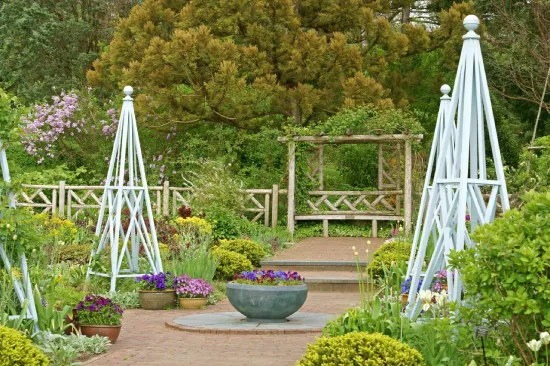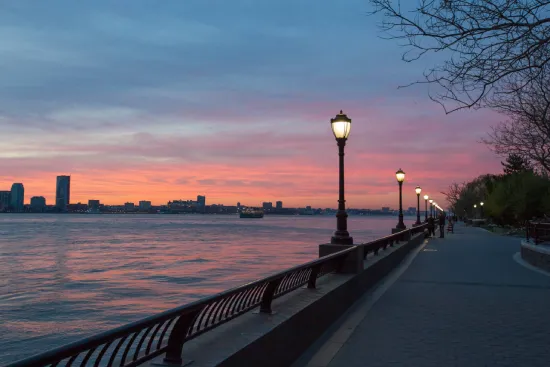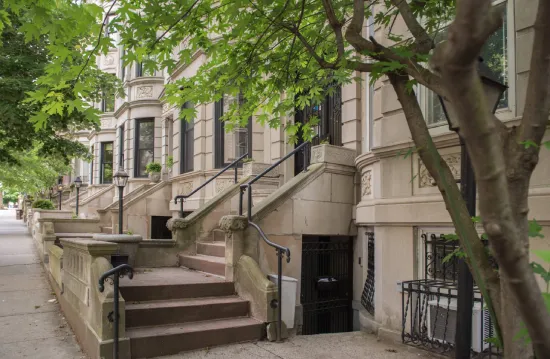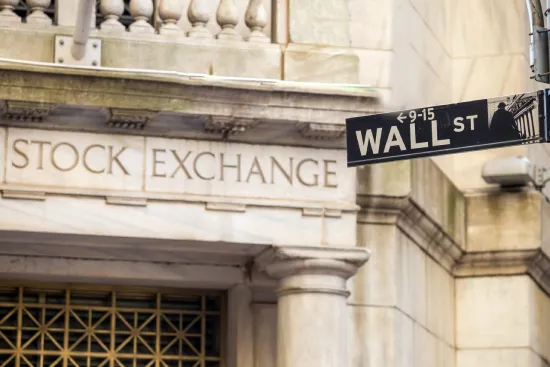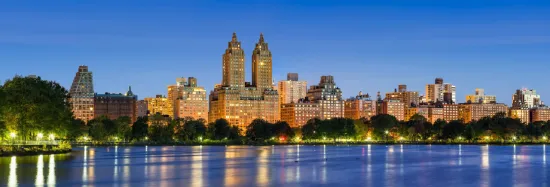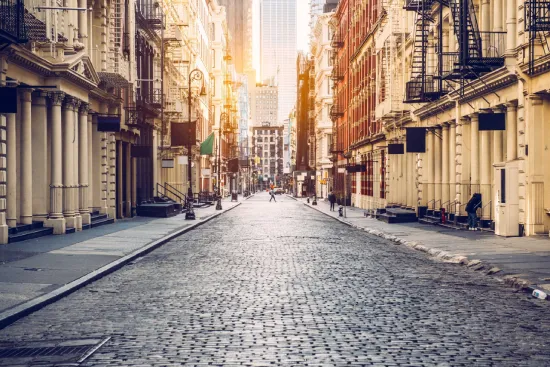Geography
History
It was already one of the most expensive neighborhoods by 1913 and attracted the wealthiest individuals and families. The Fifth Avenue part of the neighborhood was primarily home to large mansions, but in 1916, the first apartment building joined the ranks. It also had a segment known as Millionaire’s Row. More apartment buildings and commercial buildings came up on the Upper East Side map, but the neighborhood almost always remained residential.
Origin Of The Name
Main Attractions Of The Neighborhood
1. Daniel’s (60 E 65th St): It’s a classic French restaurant with two Michelin stars that’s beloved for more than just the food. The ambiance, hospitality, and presentation all make it a place for a classy dining experience.
2. Uva (1486 2nd Ave): If you are in the mood for Italian cuisine in a rustic setting (and outdoor dining), Uva is the place for you. It’s also known for its wine selection.
3. The Penrose (1590 2nd Ave): It’s the (self-proclaimed) best bar in the Upper East Side, though its ratings endorse this claim. It’s a common brunch selection, and the environment is quite classy for a bar.
4. Up Thai (1411 2nd Ave): While it may not have the ambiance common in more upscale establishments (nor the price tags), the food is good enough to make it one of the best Thai places in the neighborhood.
5. The Jeffrey Craft Beer & Bites (311 E 60th St): It’s one of the few establishments that cater to a wide array of customers: from craft beer enthusiasts to cocktail lovers, and offers a wonderful environment.
6. 520 Park Avenue: This building has the honor of being the tallest building in the Upper East Side (781 feet) as well as the only “Billionaire’s Row” building in the neighborhood.
7. Trump Palace (200 E 69th St): Before 520 Park Avenue was completed, Trump Palace stood as the tallest building in the neighborhood. It stands 623 feet tall and has 54 floors.
8. The Pierre (2 E 61st St): It’s a luxury hotel that was opened in 1930 and stood 525 feet tall. It has been referenced and used in a number of novels, TV series, and movies.
9. The Sherry-Netherland (781 5th Ave): It’s another jewel of the Upper East Side historic district and was the tallest apartment-hotel in NYC when it was completed in 1927.
10. 960 Fifth Avenue: A prewar building that reflects the affluence and luxury characteristic of the Upper East Side.
11. Solomon R. Guggenheim Museum (1071 Fifth Avenue/Corner of East 89th Street): It’s a beautiful building, fitting for an art museum. It has pieces/artwork from different eras/movements and is continuously expected. About 154,000 people visited it in 2020, which is a 91% drop from 2019 visitors.
12. Carl Schurz Park (East 86th Street &, East End Ave): Named after a Secretary of Interior, this 14.9-acre park is a combination of healthy outdoor activities, stunning riverside views, and a historical monument: Gracie Residence.
13. Park Avenue Armory/ Seventh Regiment Armory (643 Park Ave): It’s an 1880 Gothic Revival style building. Its historical architecture serves as a venue for a variety of art exhibitions and events.
14. Roosevelt Island Tramway: This aerial tramway is an NYC novelty that connects the Upper East Side to Roosevelt Island.
Other attractions you should consider are The Jewish Museum (1109 5th Ave), Neue Galerie (1048 5th Ave), and Asia Society And Museum (725 Park Ave).
What Is Upper East Side Known For?
- “The playground of NYC’s elite.”
- Some of the most expensive zip codes.
- The upscale and luxurious atmosphere permeates both residential structures and commercial establishments.
- Fancy restaurants, designer shops, and other commercial establishments that cater to an affluent clientele.
- Its museums that spread out beyond the dedicated museum mile as well.
- Residences of some of the wealthiest and influential families like Rockefellers, Roosevelts, Kennedys, and Dukes.
Population
The population of the Upper East Side was estimated at over 225,914. And while not all the residents fall into the affluent category, a lot of them do. About 44% of its households have a yearly income of $200,000 or more, and the average household income was over $322,000 by 2017, though current estimates put the number far below.
Interesting Facts About Upper East Side
- Upper East Side had a Millionaire’s Row in the 1800s and now has just one building (520 Park Ave) from the new “Billionaire’s Row.”
- In the late 1800s, one man owned a narrow piece of land in the Upper East Side, which a developer didn’t buy at his proposed price ($5,000, while the builder wanted it for $1,000). He built a four-story, five-feet wide house just to spite the builder and block the view from the builder’s apartment building which was right beside it. It is known as the “spite house.” It stood until 1915.
- Upper East Side has the lowest poverty and unemployment rate in the city, as well as the lowest incarceration rate.



